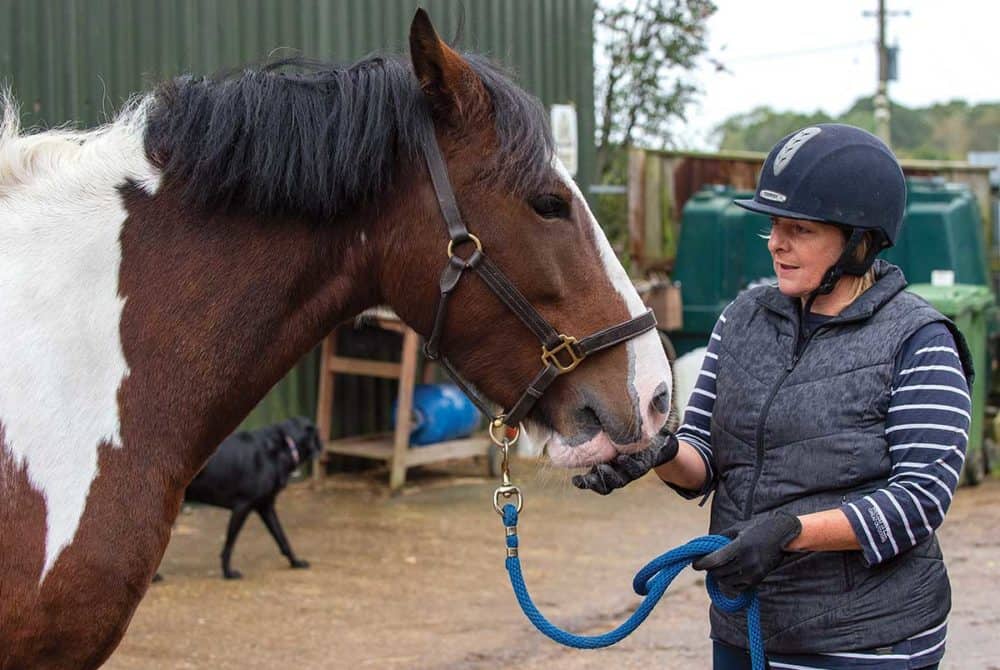Equine emergencies
Posted 9th November 2020
What would you do in an equine emergency? Whether your horse comes in from the field sporting an injury or has got himself into a sticky situation, the secret is to stay calm and get the right help

There’s never a good time for an equine emergency and horses seem to have a knack for getting themselves into all sorts of difficulty. If you’re unlucky enough to find your horse injured, ill or in a dangerous situation, being as prepared as possible in advance will give you the best chance of getting him the help he needs. So, by arming yourself with knowledge, you increase the chance of a positive outcome – here’s how.
Calling your vet
The first thing to do is call your vet as soon as possible, but before you dial, give your full attention to assessing the situation and think of the key points your vet could want to know. It might help to write them down to save the stress of missing details. Make sure you’re able to provide…
- your horse’s exact location with plenty of detail, especially if he isn’t at home on the yard
- a quick description of the illness, injury or situation
- any particular signs or symptoms that might be worrying, such as heavy bleeding or a large puncture wound
Speak clearly and calmly as you explain the problem, and try not to become emotional – the longer it takes your vet (or, more likely, their receptionist) to write down all the information, the longer it’ll be before someone is able to get out to help you. Before you hang up, listen carefully to their questions and answer them as best you can, then ask if there’s anything you can do while you wait and follow their instructions to a T. Write them down on paper, use a notes app on your phone, or relay them to a friend to help you remember everything.
Top tip
While you’re waiting for your vet to arrive, turn up the volume on your phone and keep it close to hand in case they need to get in touch with you.
Did you know?
Large gaping wounds with a lot of blood might look dramatic, but smaller puncture wounds can be just as problematic. Both require veterinary attention, but a wound shouldn’t be overlooked because of its apparent size.
Find out more about what you should do in an emergency in January Horse&Rider, on sale 12 November.










